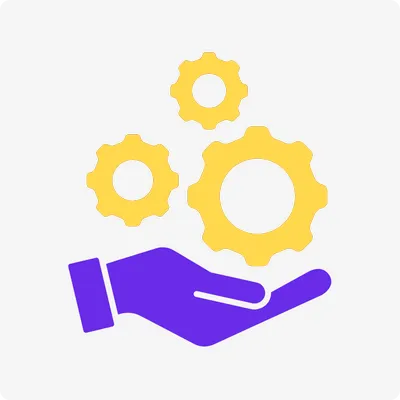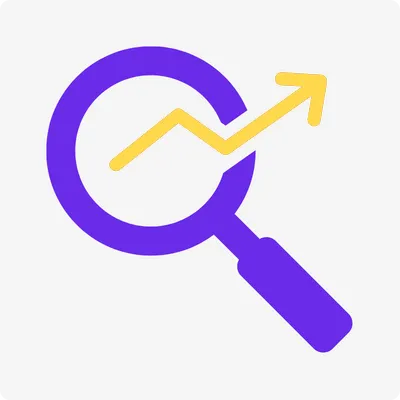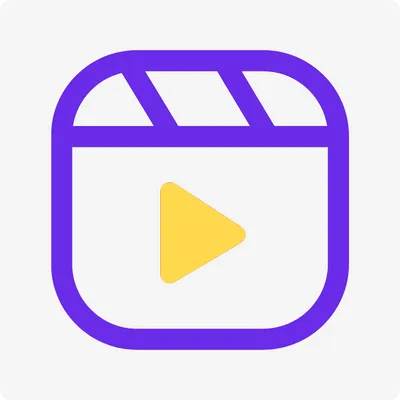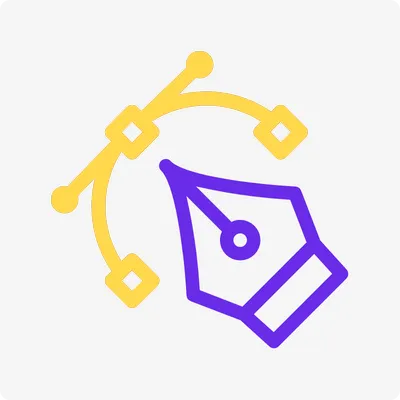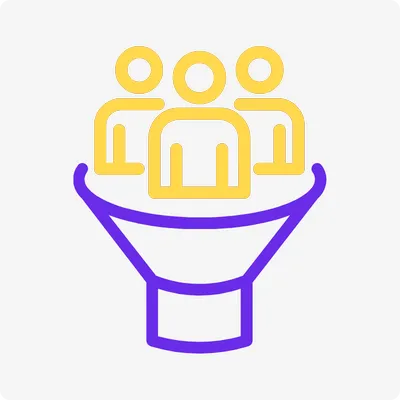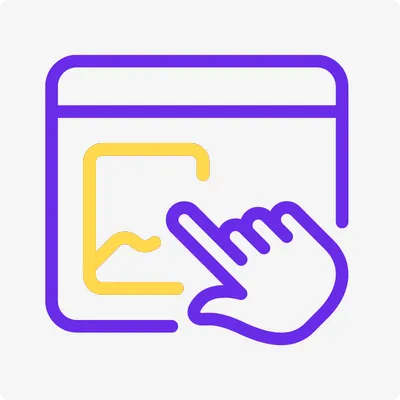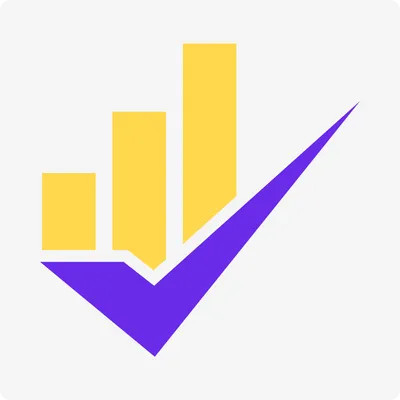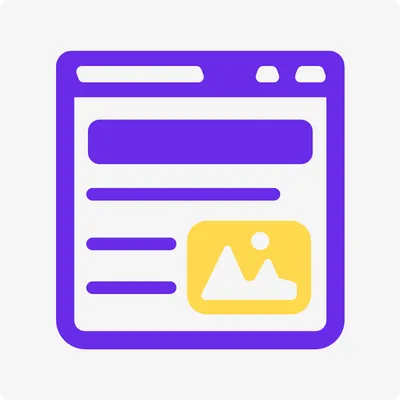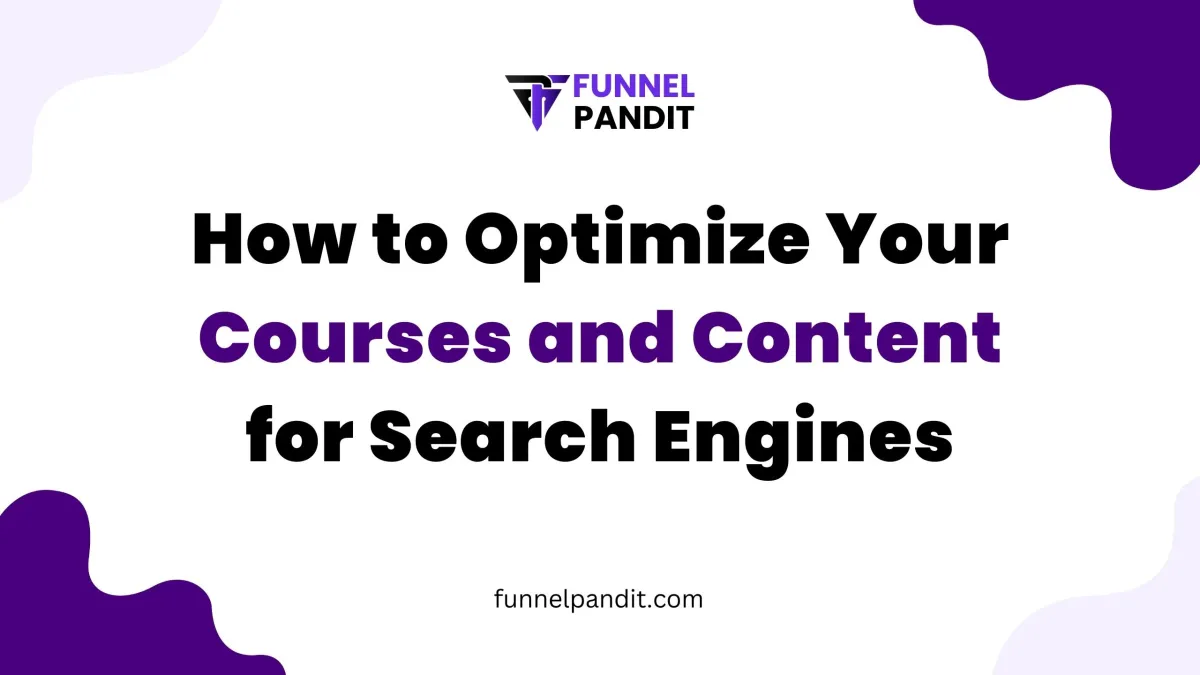
How to Optimize Your Courses and Content for Search Engines
In this digital world, it is not enough to have quality courses anymore. If you want to attract more learners and build your business, then you have to make your courses visible. Doing this involves Search Engine Optimization (SEO). In this guide we'll show you how to optimize your courses and content to rank higher in search engines and attract the right people to your website.
Why Is SEO Important for Online Courses?

Search engines like Google are typically the first place potential learners search for educational content. If your courses are not optimized for search engines, you could be losing traffic—and potential customers—to your competition. Search Engine Optimization (SEO) will help you make sure your courses show up in search results, receive organic traffic, and increase course enrollment.
Step 1: Start with Keyword Research
Keyword research is the basis of any SEO strategy. Keywords are what your audience is typing into search engines to find online courses like yours. To find good keywords:
1. Use Keyword Tools. Use tools like Google Keyword Planner, Uber suggest, or Ahrefs to help you find good keywords that have a good search volume and low competition.
2. Use Long-tail Keywords: These are longer sentences (i.e. "beginner graphic design course") that often have less competition and generally, a higher conversion rate.
3. Know Search Intent. Are users looking for general information, looking for a solution to their problems, or looking for a specific course?
Pro tip: Include your main keyword naturally in your course title, course description, and use in your content. If your title is "How to Optimize Your Course and Content for Search Engines", then make sure you've included that in the header sections on your website.
Step 2: Optimize Your Course Landing Pages
Your course landing page is likely the first thing prospective learners see. Here are some tips to create an SEO-friendly landing page:
Target Keyword in Landing Page Title: Have a simple and clear title that contains your target keyword. For example, "How to Optimize Your Courses and Content for Search Engines".
Create a Compelling Meta Description: Include the keyword in the meta description and make it as enticing as possible for users to click on. For example, "Understand how to optimize your courses and content for search engines, with practical SEO tips to improve your visibility and drive enrollments."
Use Headings and Subheadings: Use H1, H2 and H3 tags to break up your content - use your keyword if applicable.
Add Alt Text to Images: Use bolstered language to describe your images, and include keywords if applicable, to better communicate to search engines and improve accessibility.
Step 3: Create SEO-Friendly Content
When it comes to SEO, content is king. To optimize your course material for search engines:
1. Quality: Make sure your content is helpful and entertaining and that it solves a problem.
2. Use Keywords Strategically: Use your keywords throughout your content when needed.
3. Write long content when appropriate: Long-form content often ranks higher, but make sure it fits and you make it very readable for your audience.
4. Use Mixed Media: Videos, infographics and imagery makes your content vibrant, and can increase the time spent on your page, that helps with SEO.
Step 4: Improve Website Speed and Mobile Optimization
Google favors sites that load fast and are mobile-friendly in search. How can you verify that your site checks these boxes?
Image Compression is a must: Check out TinyPNG, or similar web tools, if you want to preserve quality and save size.
Code Minification will reduce your load time: Often times there's a bunch of extra code we don't need so we should remove it.
Responsive design is key: Your website should look and work great on any device, such as smartphones and tablets.
Speed testing is highly recommended, too. You can use Google Page Speed Insights or various other tools to find out what's slow on your website and how to fix it.

Step 5: Leverage Internal and External Links
Links are essential for SEO: Links provide search engine bots with an overview of how your content fits together and they establish credibility.
Internal Links: Link to other pages on your site, such as other courses or blog posts that were related to the course to guide users and prolong their processing time on your site.
External Links: Include links to reputable sources. This contributes to the quality of your content, but also increases trust in the content you author.
Build Backlinks: Getting other sites to link to your courses is a useful way to create backlinks to your content. You could do this by guest blogging, collaborating with others, or even creating content that is worth sharing!
Step 6: Optimize for Local SEO (If Applicable)
If you're aiming to ensure that people in one specific geography find you, you want to use local SEO!
Use Location-Based Keywords: Ex. "online marketing class in New York."
Create a Google Business Profile: Make sure the listing is optimized with correct contact information and descriptions.
Ask for Reviews: If you have small business accolades, it makes you trustworthy and will show up higher in local searches.
Step 7: Regularly Update and Monitor Your Content
SEO is not a one-and-done task. Here are some way to maintain or improve your search engine rankings:
Update Content: Update older blog content, courses descriptions, and landing pages. Refresh the content with new information and keywords related to your content.
Use Analytics: Analytics, such as Google Analytics or Google Search Console, can provide you with a great deal of information on your keyword rankings, your traffic, and user behavior.
Check Broken Links: Make sure you are not linking to broken pages or websites. Your SEO ranking can suffer if links are broken.
How to Optimize Your Courses and Content for Search Engines
Understanding how you can optimize your courses and content for search engines is an important part of developing your online education business. It can increase your chances of being seen on search engines by completing some initial keyword research, creating the best possible content, and enhancing website performance.
SEO takes time, but you will see results from your efforts in the long run. Start incorporating the tips from this article today to rank higher in search engines and increase your online visibility.

